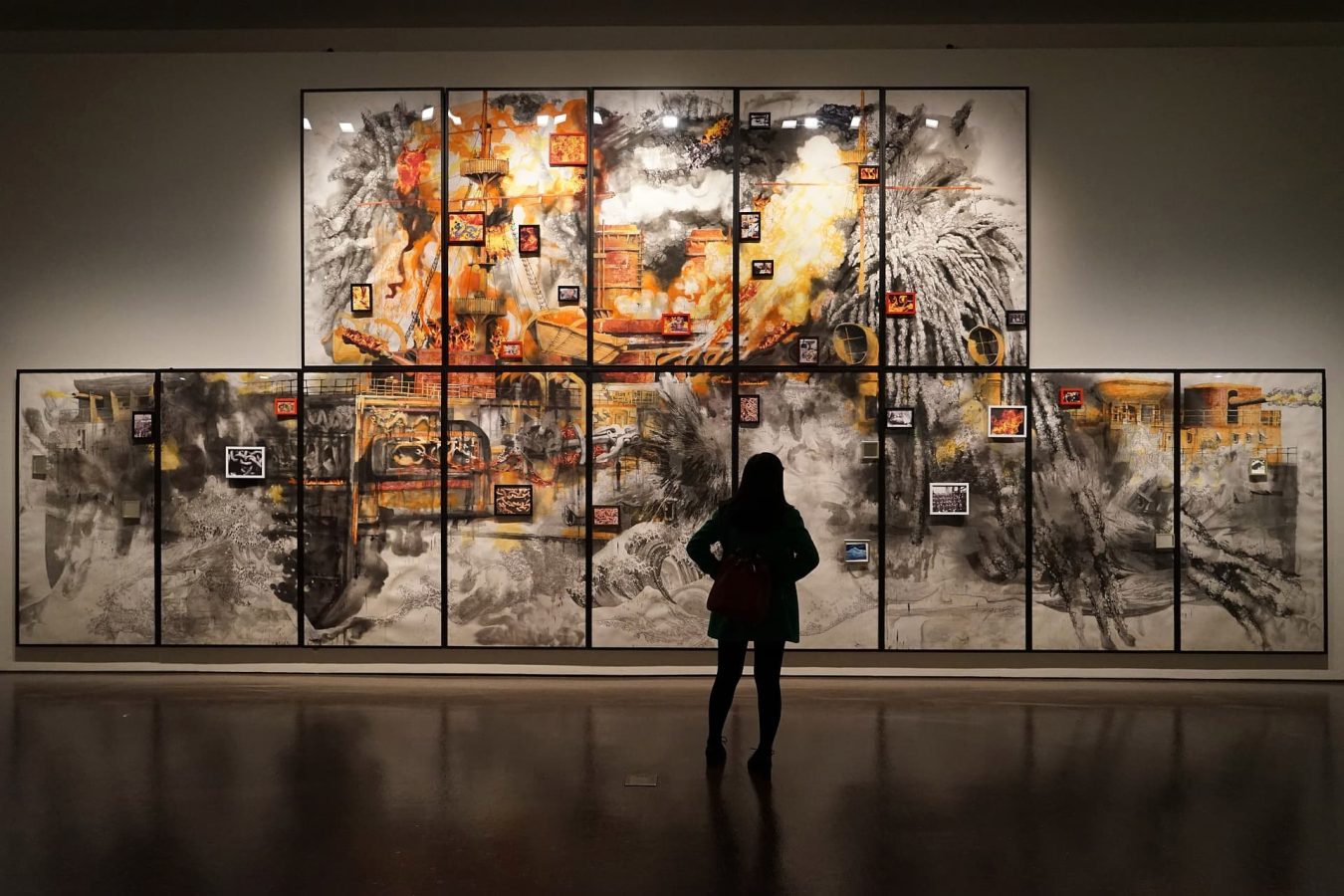In the modern world, multimedia exhibitions have become an integral part of museums, galleries and other cultural institutions. These exhibits provide a unique experience for visitors, allowing them to interact with the art or artifacts on display in ways that were not previously possible. From interactive digital displays to projection walls and sound installations, they offer a range of engaging possibilities for guests. In order to ensure these experiences are successful, it is important that these exhibitions have the right equipment and technology.
When planning a multimedia exhibition, the first step is to create a plan for which type of equipment and technology will best suit its needs. This includes deciding on a budget, the size of the space available, the type of displays needed, and any other features that should be included. Once this plan is in place, the exhibit can be designed around the equipment and technology that best fits.
For example, a multimedia exhibition may require large projection screens, surround sound speakers and lighting to create an immersive experience. Additionally, interactive displays such as touchscreens or motion sensors may be used to give visitors a more hands-on experience with the art or artifacts on display. Finally, computers and other digital devices may be necessary to control the exhibit and provide additional content to guests.
Of course, a successful multimedia exhibition also requires the right personnel to manage and maintain the equipment. This includes knowledgeable staff who can troubleshoot technical issues and keep visitors engaged with the experience. Regular maintenance should be done on all of the equipment in order to ensure everything is functioning properly.
Multimedia exhibitions are interactive events that combine traditional art forms, such as video and photography, with computer-generated images and audio. They offer visitors an immersive experience that engages their senses in ways other forms of presentation cannot.
One of the defining features is their use of interactive technology. This allows visitors to interact with the art or artifacts on display in ways that were not previously possible. For example, they may be able to manipulate digital images, control soundscapes or explore virtual environments. Additionally, interactive displays can be used to provide more information about the items on display.
At its most basic level, a multimedia exhibition requires a display screen, such as a digital projector or large-screen television. This screen then needs to be connected to a computer or media server. The computer or media server will contain the content for the exhibition, such as images, videos, audio and other digital media.
In addition to a display screen and computer, multimedia exhibitions may also require additional equipment. This can include interactive devices, such as touchscreens and motion sensors; sound systems; lighting fixtures; and other hardware. It is important to ensure that all of the equipment is compatible with each other so that it can be used effectively.
Multimedia exhibitions: a new understanding of art?
Multimedia exhibitions have ushered in a new era of art appreciation and expression, allowing art lovers to explore works of art in an exciting, interactive way. By combining traditional visual arts with multimedia technologies such as digital projections, soundscapes, 3D mapping and virtual reality, these exhibitions allow visitors to experience art in a completely different way.
The equipment used in multimedia exhibitions is often expensive and complex, but the potential rewards are well worth the effort. They are helping to redefine the idea of art, allowing visitors to explore works in an entirely new way.
They offer a unique way of experiencing art. Through the use of technology, they can create an immersive atmosphere that allows visitors to explore and engage with the art in new and exciting ways. Instead of simply viewing artwork from afar, multimedia exhibitions allow visitors to interact with it in ways that are both tactile and visual. Motion sensors, touchscreens, projection systems and virtual reality can all be used to create interactive experiences that engage the senses and inspire new perspectives. By providing visitors with the right equipment, a multimedia exhibition can become an unforgettable experience.
Multimedia and visitors
They provide visitors with unique and engaging experiences that can be more memorable than traditional exhibits. This allows visitors to explore topics in depth, as well as gain insight into new areas of knowledge.
Multimedia exhibitions also offer a unique way to experience art in its cultural and historical context. The combination of sound, image and technology can bring artwork to life, allowing visitors to experience it in a much more interactive way than they otherwise would be able to. Through the use of video, audio, 3D mapping and virtual reality, multimedia exhibitions create immersive environments that take visitors beyond the visual.

